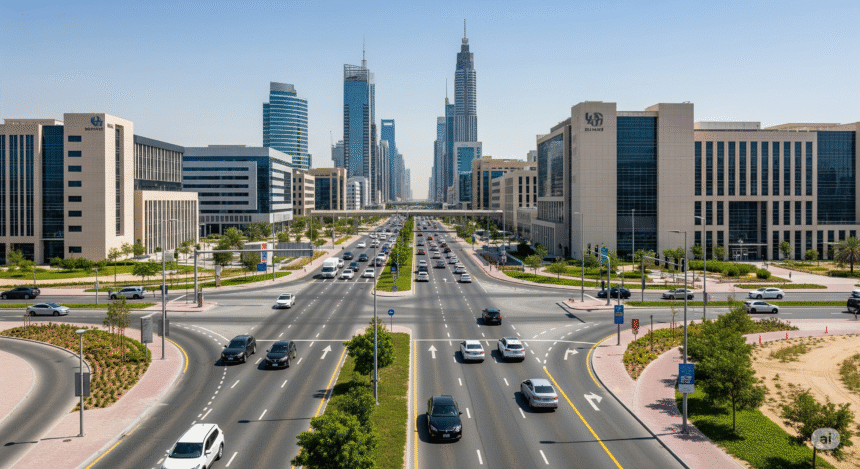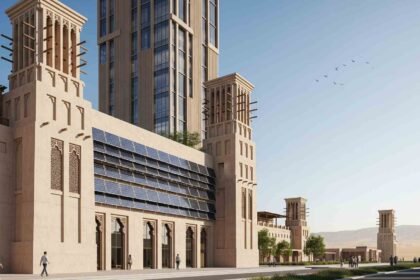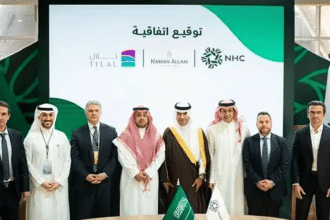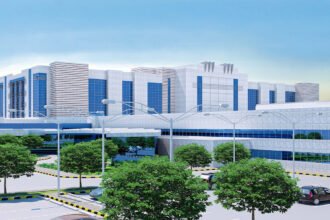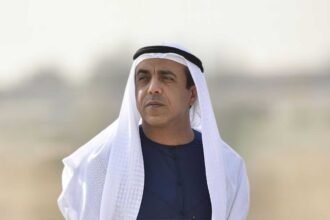Dubai’s Roads and Transport Authority (RTA) is poised to wrap up a significant traffic infrastructure upgrade at the exit from Dubai Healthcare City, aiming to slash delays by around 50 per cent. The ambitious project is set for completion by July 20, 2025, and is expected to transform traffic flow in one of the city’s busiest healthcare and commercial zones.
Transforming the Exit to Sheikh Zayed Road
At the heart of the upgrade is the conversion of the existing stop‑controlled exit on Street 13 into a free‑flow corridor. That includes a newly built acceleration lane directly linking to the Oud Metha and Sheikh Rashid Road intersections. The aim is to eliminate stop‑start traffic at the exit point and enable uninterrupted access to Sheikh Zayed Road. The adjacent service road is also being widened from one lane to two over a 500-metre stretch, improving capacity for vehicles coming from Al Riyadh Street.
Doubling Capacity, Halving Congestion
With these modifications, RTA projects that the upgraded exit will double its capacity to 3,000 vehicles per hour and reduce average wait times by up to 50 per cent, especially during peak commuting hours. Drivers and other road users in the Dubai Healthcare City and Oud Metha zones should experience a smoother and faster journey.
Why This Zone Matters
Dubai Healthcare City is a strategic hub that includes hospitals, clinics, academic institutions, residences, and offices. Ensuring quick and efficient road access is critical, not only for everyday commuters but also for patients, healthcare professionals, students, and visitors. The RTA explains that improving traffic capacity and safety in this mixed-use zone supports its continued growth and functionality.
Part of a Broader Strategy
This specific intervention complements broader traffic enhancement efforts across Dubai. In 2024 alone, RTA completed upgrades at more than 50 locations, which reduced travel times by up to 60 per cent on major roads, including E311 and Sheikh Zayed Road. RTA’s long-term mobility vision includes widening ramps, upgrading intersections, and optimising traffic signals.
Other projects include the widening of Exit No. D69 on Sheikh Zayed Road, doubling capacity from 1,500 to 3,000 vehicles per hour, and reducing wait times by more than 50 per cent. Bridge expansions and ramp upgrades across key corridors have also improved peak traffic flow by around 40 per cent.
A Look Ahead at RTA’s Innovation Pipeline
Beyond physical road works, RTA is implementing AI-powered traffic signal systems across intersections in Dubai, due to go live by mid‑2026. This system uses predictive analytics and digital twin modelling to dynamically adjust signal timings and reduce congestion at intersections by 10–20 per cent.
Other smart mobility initiatives include the upcoming Joby Aviation aerial taxi service, scheduled to launch in Dubai in 2026. That service aims to reduce pressure on ground transport by offering fast, eco-friendly air travel, such as a 12-minute flight from Dubai International Airport to Palm Jumeirah instead of a 45-minute drive.
Additionally, RTA has entered a preliminary agreement with The Boring Company to develop the Dubai Loop, an underground electric transport network envisioned to carry 20,000–100,000 passengers per hour through tunnels at speeds of up to 160 km/h.
Impact on the Community
These upgrades not only benefit commuters but also support Dubai’s overall urban development strategy. For residents, staff, and patients within Dubai Healthcare City, the improved traffic system means more reliable access and less time spent in jams. For the broader city, this adds to RTA’s systematic drive to make Dubai’s mobility network safer, smarter, and more future-ready.
A Game-Changer for Urban Mobility
The Dubai Healthcare City traffic upgrade is a tangible example of how targeted infrastructure enhancements can dramatically reduce congestion and improve daily life. By doubling road capacity and cutting wait times in half, the RTA is making a clear statement: strategic, well-planned investments in mobility infrastructure can directly ease congestion on some of our busiest urban corridors. When combined with intelligent traffic systems and emerging transport modes like aerial taxis and underground loops, these efforts place Dubai firmly on track toward its vision of seamless, sustainable urban mobility.


